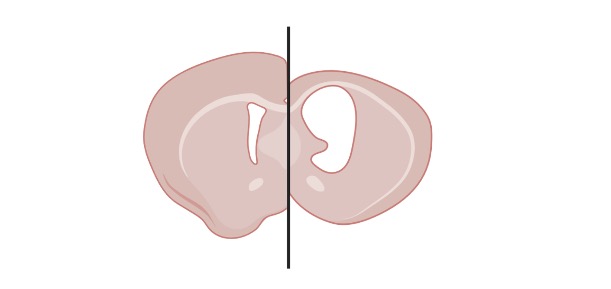Table of Contents
Cytoskeleton Definition
A lattice or internal framework of a cell made from protein filaments and microtubules within the cytoplasm that plays a task in cell shape, intracellular structure, and motility. All creatures are made from cells, which are the structural, functional, and biological units. The cell in eukaryotes has cytoplasmic structures. The cytoskeleton is one of them.
What is Cytoskeleton?
A cytoskeleton is a cytoplasmic structure that creates a cell’s internal lattice or framework. Protein filaments and microtubules make up the structure. It stretches from the nucleus to the plasma membrane in the cytoplasm.

Cell form, division, differentiation, intracellular structure, and cell mobility are all part of its fundamental function. It can be found in all living organisms’ cells, but especially in archaea, bacteria, and eukaryotes.
Types of Cytoskeleton
Microfilaments, microtubules, and intermediate filaments are the three kinds of cytoskeletons found in eukaryotic cells. The microfilament (also known as actin filament) is a 7-nm-diameter helical polymer containing actin subunits. By creating a band immediately under the cell membrane, it offers mechanical support for the cell or preserves its structural integrity.
It also helps to connect transmembrane proteins (such as cell surface receptors) to cytoplasmic proteins in some cell junctions. During mitosis, it also attaches the centrosomes at opposing poles of the cell. It is especially helpful during cytokinesis when the cell is contracting. It also participates in cytoplasmic streaming (i.e.The flow of cytoplasm within cells is known as intracellular movement).
It allows cells to move about (through lamellipodia, filopodia, or pseudopodia). It may also interact with myosin (“thick”) filaments in skeletal muscle fibres to produce muscle contraction force.
The cytoskeleton, cilia, and eukaryotic flagella all contain microtubules, which are cytoplasmic tubules that function as structural components. Polymers of alpha- and beta-tubulin dimers form a microtubule. It’s a tubular construction with a diameter of 25 nanometers, a length of 200 nanometers to 25 micrometres, and a wall thickness of 5 nanometers.
It is polarised, and microtubule organising centres arrange it (e.g. centrioles and basal bodies). Its activities include intracellular shape maintenance, motility, and transport. Microtubules, for example, are a source of spindle fibres in cellular division. They give birth to the spindle machinery, which aids in the movement and separation of chromosomes.
The polar microtubules (those that stretch across the cell, as in from centrosome to centrosome), the astral microtubules (those that bind the spindle poles to the cell membrane), and the three primary subgroups of microtubules are kinetochore microtubules, kinetochore microtubules, and kinetochore microtubules (those that reach from the centrosome to the kinetochore protein within the centromere of the chromosome).
Intermediate filaments are polymers made from two anti-parallel helices or dimers made from different protein subunits with widths starting from 8 to 12 nm. Vimentin (mesenchyme), glial fibrillary acidic protein (glial cells), neurofilament proteins (neuronal processes), keratins (epithelial cells), and nuclear lamins are a couple of samples of these proteins.
Septin and spectrin are two more eukaryotic cytoskeletons. Septins join together to form complexes that serve as attachment sites for other proteins within the cell. Spectrins are proteins that make a meshwork underneath the cell wall , potentially limiting integral proteins’ lateral movement. Homologous structures have been discovered in prokaryotic cells.
The first to be recognised was FtsZ. TubZ and RepX are tubulin-like proteins in prokaryotes, and FtsZ is one of them. Actin-like proteins are MreB and FtsA. MinD, Crescentin, ParM, and SopA, the MinCDE system, Bactofilin, and Crenactin are further cytoskeletal types found in prokaryotes.
Although certain eukaryotic cytoskeletons resemble those of prokaryotes in appearance and structure, their functions are fundamentally different. In eukaryotes, the actin cytoskeleton is engaged in cell division, but in prokaryotes, tubulin-like cytoskeletons (typically, the FtsZ-ring) are involved in cell division.
Cytoskeleton Function
Cell shape development, cell division, cell differentiation, intracellular structure, and cell mobility are all influenced by the cytoskeleton. The cytoskeleton is also involved in cell signalling pathways, such as endocytosis, which involves the absorption of extracellular substances.







